With support from the Mekong Delta Integrated Climate Resilience and Sustainable Livelihoods Project (MD-ICRSL), Kien Giang has implemented a community-managed black tiger shrimp - rice production model in Van Khanh Tay commune (An Minh district) and Tay Yen A commune (An Bien district) with an area of over 116 hectares. Households participating in the Project are supported with seeds, probiotics, shrimp feed, oxygen aerators... and technical support to convert from 2 rice crops to 1 rice crop and 1 shrimp crop rotation.
According to the general assessment of the community-managed shrimp-rice models implemented in An Bien and An Minh districts, shrimp productivity increased from 250 kg/ha to 357 kg/ha (an increase of 107 kg/ha, equivalent to an increase of 38%). Average rice productivity increased from 4.29 tons/ha to 4.62 tons/ha (an increase of 330 kg/ha, equivalent to 7.6%). Profits from implementing the model also increased from 40.2 million VND/ha to 55.7 million VND/ha (an increase of 15.4 million VND/ha, equivalent to 38%).
Shrimp raised in rice fields mainly use natural food, low feed costs, and few diseases. Rice production does not use any fertilizers or chemicals. Because it is a clean product, shrimp and rice after harvest have a stable and high output price.
On the other hand, an equally important benefit of shrimp-rice rotation is the reasonable use of water resources at each time and season of the year, adapting to the natural conditions, weather, hydrometeorology of the locality. The shrimp-rice rotation model also solves the problem of water pollution, degradation of shrimp farming areas, and minimizes the risk of disease, thereby helping shrimp farming develop sustainably.
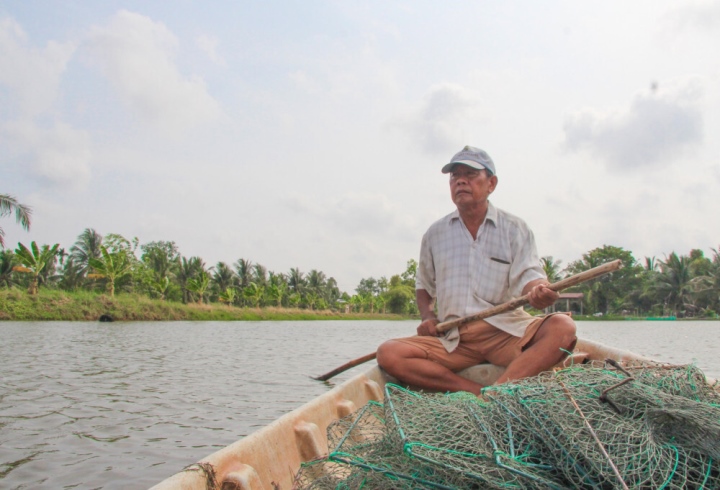
Community-managed shrimp-rice production model in Kien Giang provides stable income and adapts to climate change.
According to the Department of Agriculture and Rural Development of An Bien district, Kien Giang province, the above-mentioned shrimp-rice production model is suitable for natural conditions, because in the dry season, the saltwater in the canals penetrates deep, favorable for shrimp farming. After shrimp farming from January to August, the rainy season comes, the fresh water in the canals flows down, creating favorable conditions for improving the saltwater and sowing rice crops to suit the weather as well as the characteristics of the season.
According to the Central Project Management Office for Irrigation (CPO Irrigation), after 6 years of implementation, the MD-ICRSL project supported by the World Bank (WB) has helped more than 1 million local farmers to switch to climate-adaptive and resource-efficient production methods. The project’s livelihood models have proven to be an alternative to traditional livelihood models while still bringing profits to the people.
Currently, the upstream region in particular and the Mekong Delta in general are facing many difficulties and challenges due to the negative impacts of climate change such as drought, saltwater intrusion, landslides, etc. To increase resources for the Mekong Delta, the Ministry of Agriculture and Rural Development and the World Bank recently organized a workshop on the proposal for the climate resilience and integrated transformation project for the Mekong Delta (WB11).
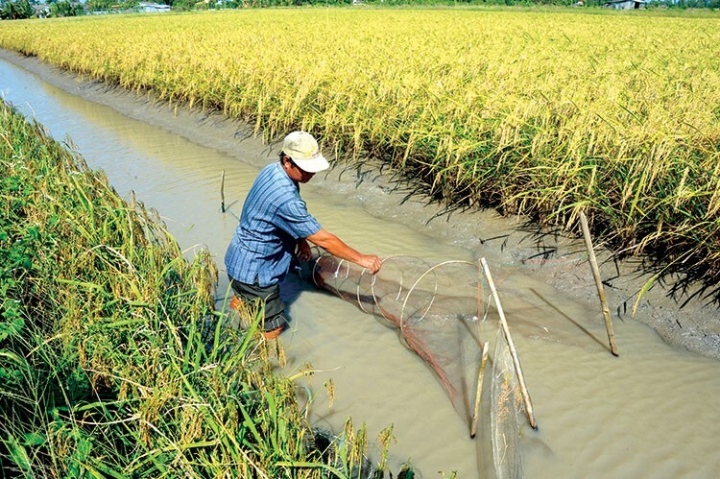
Shrimp-rice rotation is a model of natural production that is being replicated in many coastal areas of the Mekong Delta.
According to the synthesis of proposals from CPO Irrigation, WB Project 11 aims to enhance climate resilience and improve livelihoods in 9 provinces in the Mekong Delta, including: Ca Mau, Bac Lieu, Soc Trang, Hau Giang, Kien Giang, Dong Thap, Ben Tre, Tra Vinh and Tien Giang.
The project will focus on implementing engineering and non-engineering solutions to solve problems, improve and develop key industry chains, and increase people's income. At the same time, the development model will be transformed from fragmented and small-scale to concentrated, developing agricultural economic clusters linked to urbanized, industrialized and tourist areas, thereby creating jobs and higher incomes for workers.
The WB Project 11 is expected to have three components: component 1 will strengthen institutions and information systems; component 2 will invest in regional climate-resilient infrastructure; component 3 will promote livelihood diversification and rural economy adaptation to climate change.
Regarding the progress of implementing WB Project 11, the Ministry of Agriculture and Rural Development has requested the Ministry's functional units to make efforts so that by December 2023, the first component projects will be submitted to the World Bank leaders.
Ngoc Huyen
Useful
Emotion
Creative
Unique
Source


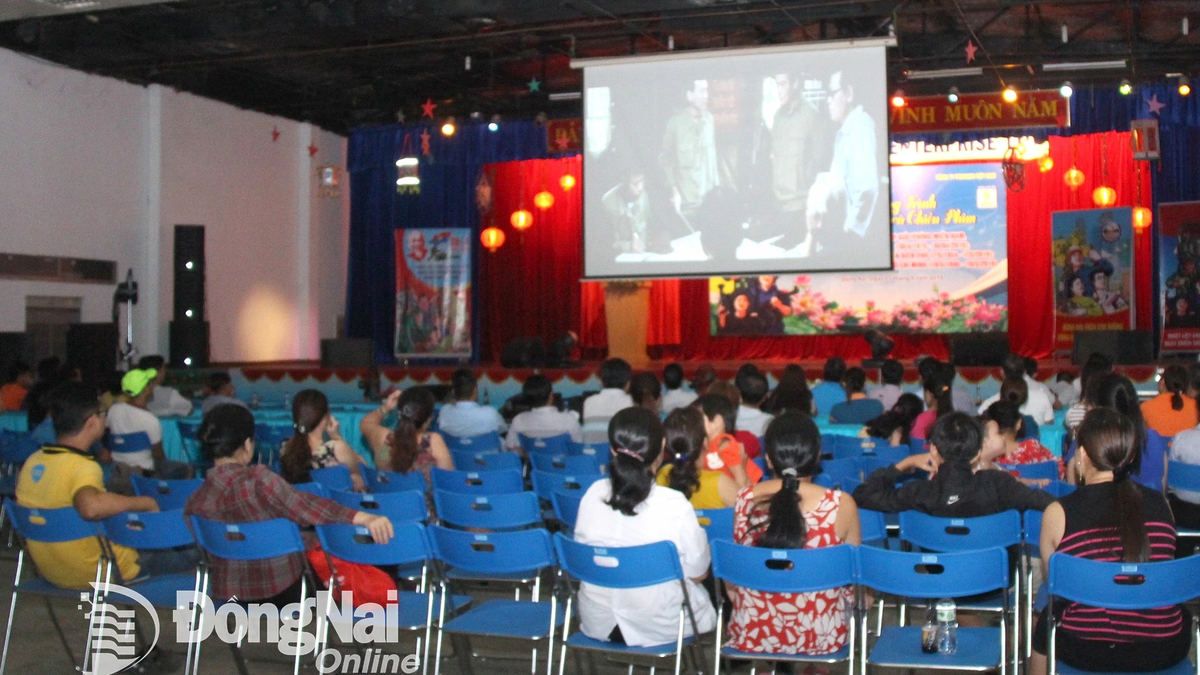
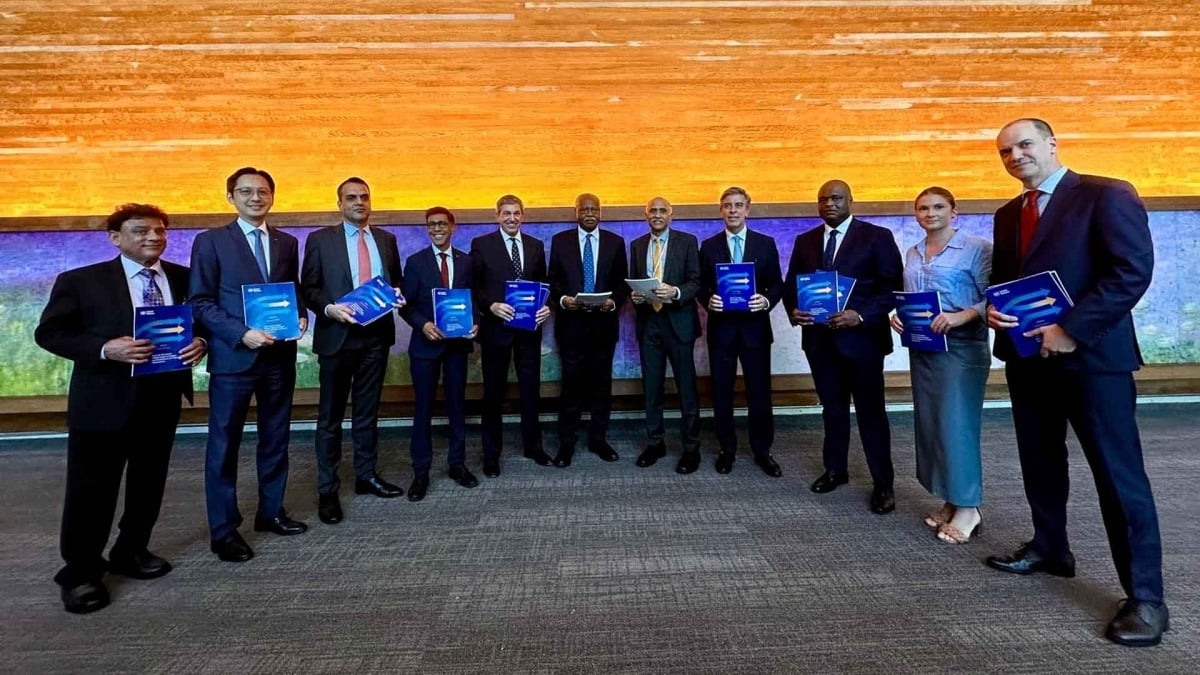
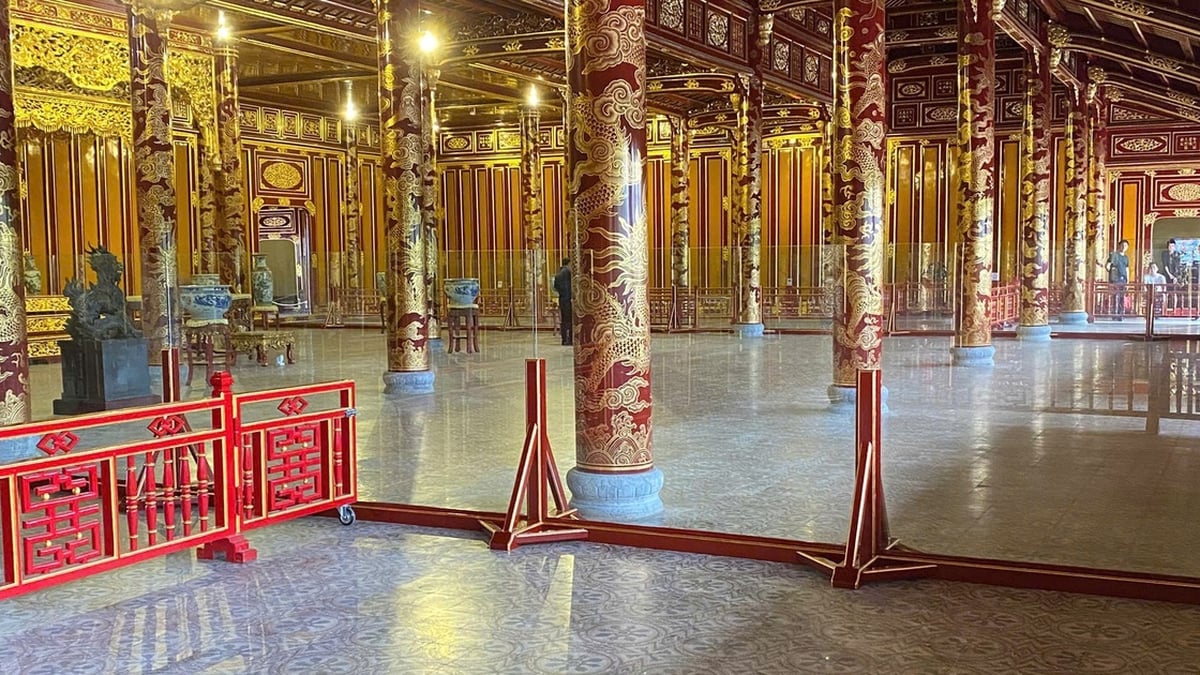


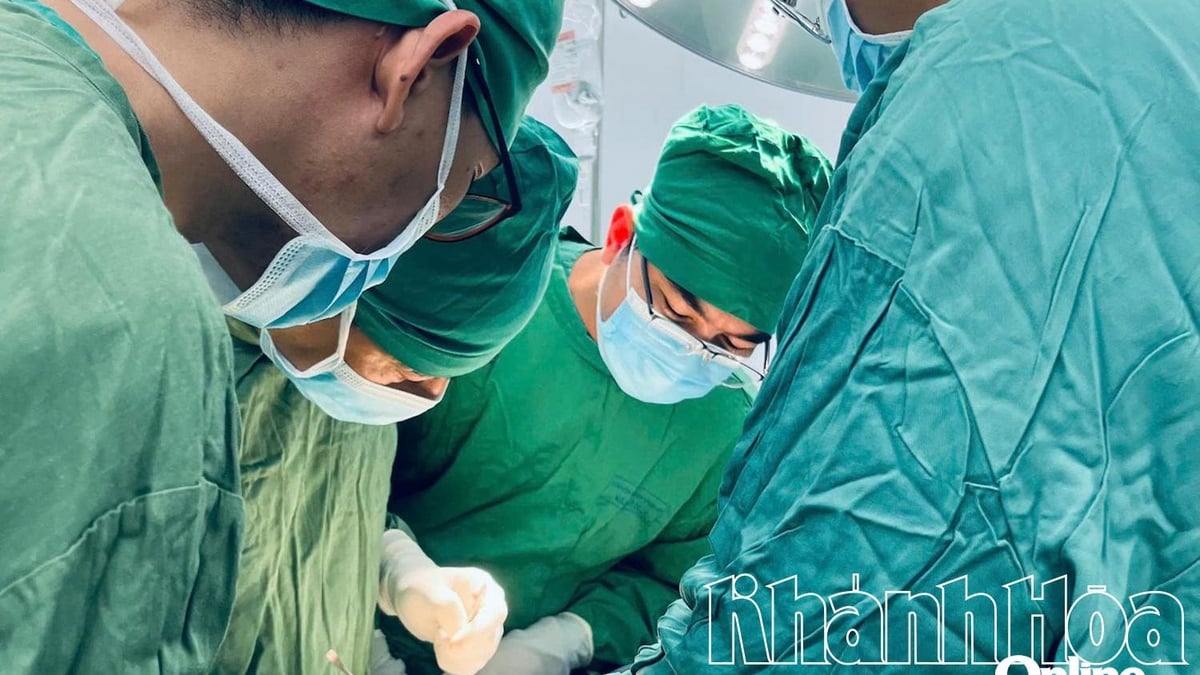
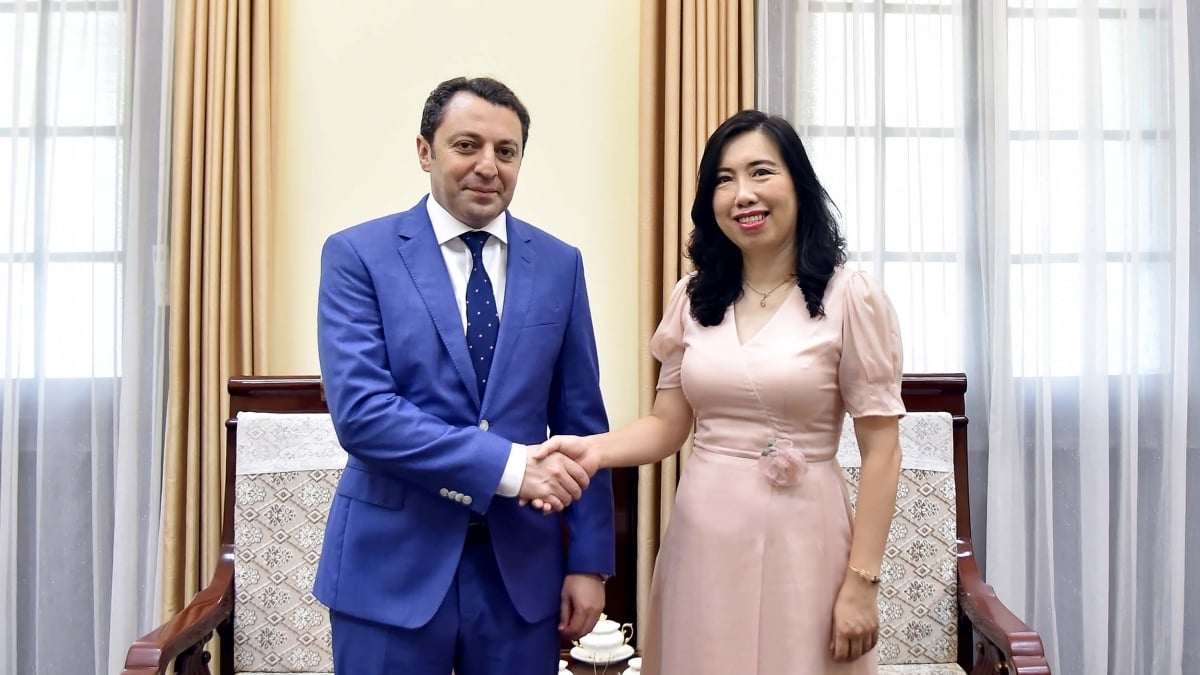


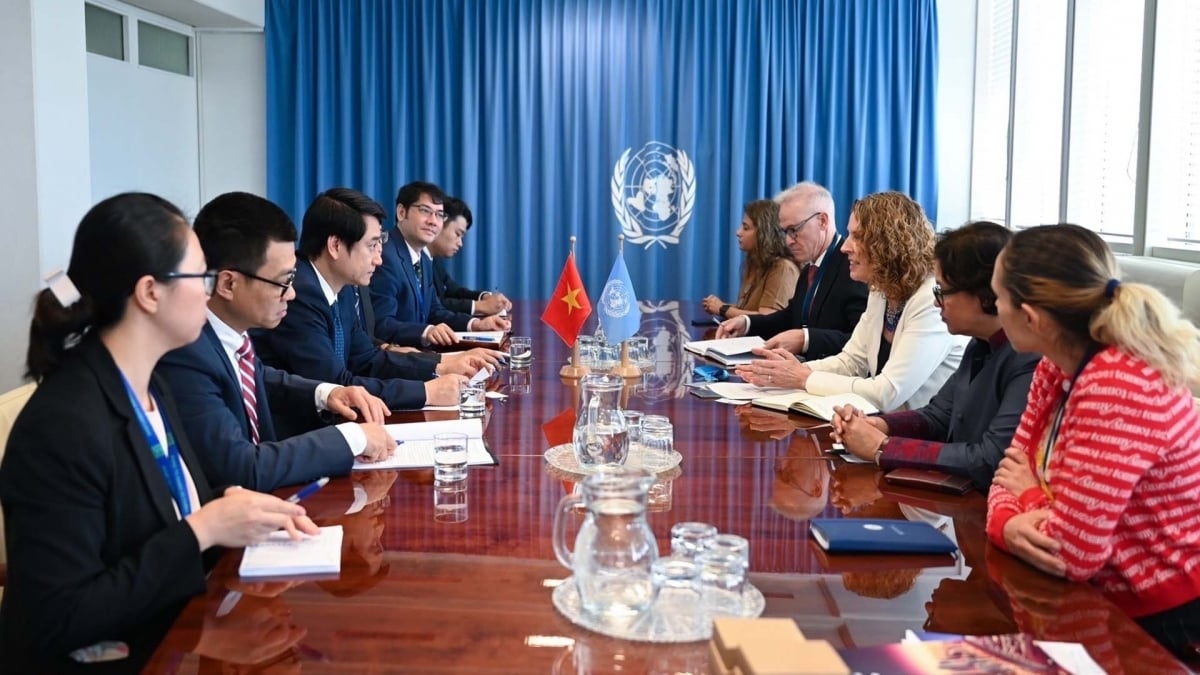


















































































![[Infographic] In 2025, 47 products will achieve national OCOP](https://vphoto.vietnam.vn/thumb/402x226/vietnam/resource/IMAGE/2025/7/16/5d672398b0744db3ab920e05db8e5b7d)





Comment (0)